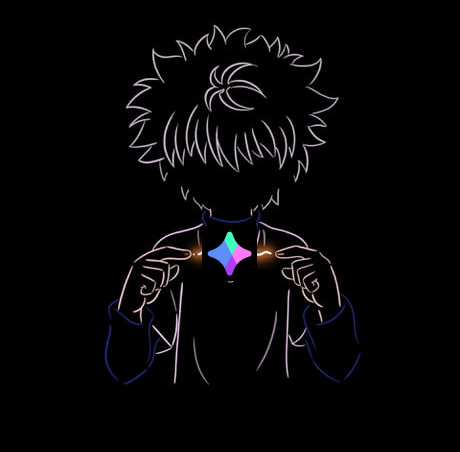Why Web3 Gaming Keeps Failing (And It’s Not What You Think)
The Web3 Gaming Debate is Stuck in the Wrong Arguments
GamerXGamer, the best place for insight into the world of Web3 and Gaming.
Every time Web3 gaming struggles, the same reasons get thrown around:
Audience mismatch – “We need to attract traditional gamers!”
Game quality – “Most Web3 games just aren’t fun!”
Bad founders – “Too many people chasing quick money!”
No blueprint – “Web3 gaming is like early mobile or VR; we’re still figuring it out.”
These are all very valid points, but they’re not the real reason Web3 gaming feels stuck. Traditional gaming also has bad games, cash-grab developers, and shifting audience expectations—yet it still thrives.
So what’s the actual problem?
Web3 Games Have a Retention Problem, Not an Adoption Problem
Most good Web3 games can get players. The issue is keeping them.
If your game launches and suddenly has 20,000 daily active users but then drops to 500 in a month, the problem isn’t discovery or onboarding. It’s that players don’t see a reason to stay.
What Makes Players Stick Around?
Traditional games have three key retention pillars:
Gameplay loops that create mastery – Think of how CS:GO, League of Legends, or even Candy Crush keep people playing for years.
Social connection – Games like Fortnite and Roblox are more about hanging out than just playing.
Live updates and events – Game devs keep the experience fresh with constant changes.
Web3 games, on the other hand, often rely too much on financial incentives (tokens, NFTs, staking rewards). This creates a churn cycle, where players come for the rewards but leave once profitability drops.
Why Web3 Games Are Failing at Retention
Here’s what’s missing in Web3:
No long-term progression – In most Web3 games, once you’ve bought an NFT or earned tokens, what’s next? Traditional games keep you grinding towards something meaningful—Web3 rarely does.
Incentives over emotions – Players return to great games because they feel invested emotionally, not just financially. Web3 titles just aren’t there yet.
Lack of organic engagement loops – When was the last time you heard about a Web3 game that people played just for fun without discussing earnings? Exactly.
The Hard Truth: Web3 Games Need to Be Fun Without the Money
Until Web3 gaming solves retention, no amount of adoption, VC funding, or technological innovation will matter.
The good news? Some teams are getting closer.
Big Time has a smooth loot-based economy that feels familiar to RPG players.
Off The Grid is experimenting with immersive multiplayer gameplay.
Wildcard is making a Web3 card-based MOBA that’s actually fun before you even think about blockchain.
These are steps in the right direction, but the industry as a whole needs to shift focus from tokenomics to true engagement.
The Bottom Line
Web3 gaming doesn’t need more money or more hype—it needs more reasons for players to come back tomorrow.
If your game only thrives when token prices are up, you don’t have a game.
You have a financial product.
Fix that, and Web3 gaming will finally have its breakout moment.




